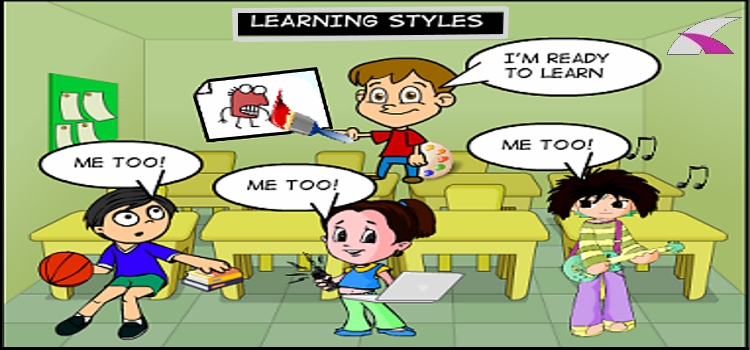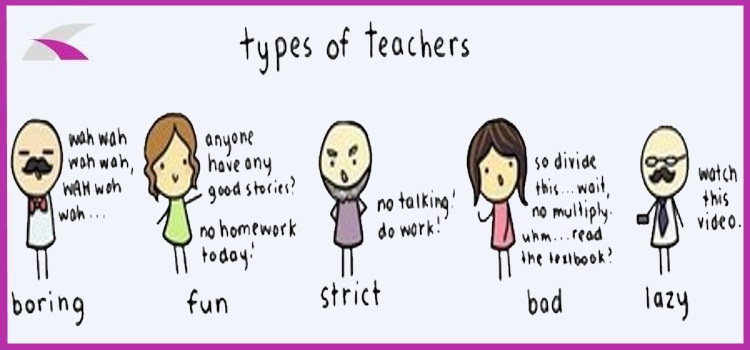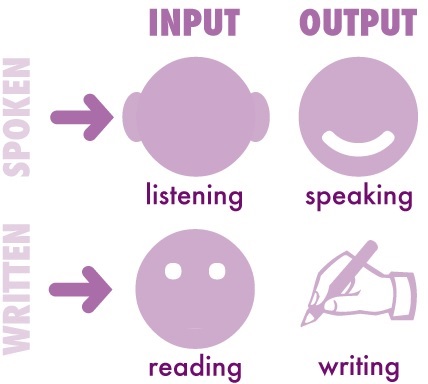30 May 2014 / by Radmila Gurkova
FM - Unifying format criteria for TEFL activities. The cherry on the cake!
On debate: We need to unify format criteria when creating TEFL activities in order to create the perfect activity. The teachers creating activities and the ones correcting them have to use the same criteria.
We agreed to: Creating standards for activities.
Checklist with the most important bullet points to remember when creating TEFL activities.
- TL definition: simplify explanation, not copy and paste from online dictionaries
- Put pictures in tables to avoid overlapping of text and image when doing web classes
- Length of texts: 1/2 page maximum for high levels, 1/3 page maximum for lower levels.
- Edit texts to make the suitable for the students levels.
- Font: Arial 16.
- For topics and other activities when possible, provide the URL link to the original source: could be a youtube link, a link to an online article, news, etc.
- When we create activities, we have to think of doing them for web classes and then adapt for the in-person ones rather than the other way round. With this in mind, remember to:
- Avoid instructions containing "cut the attachment"
- Limit the number of pages on attachments (some activities contained a SWOT analysis of more than 5 pages, way too long!
- Highlight TL in the text (use capital letters or bold type)
- Always double check the grammar point and make sure it corresponds to the issue-subissue
- Double check for spelling and typos
Creating TEFL activities can be time consuming and tiring unless you share! Learn more about how to create successful TEFL activities. Join the TEFL community.









